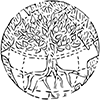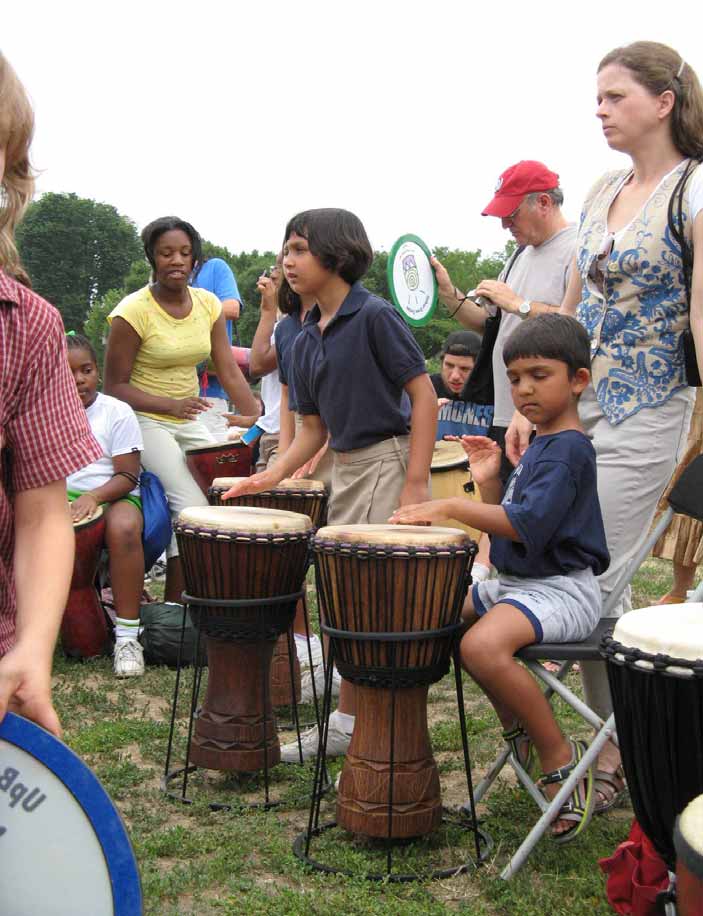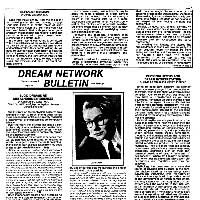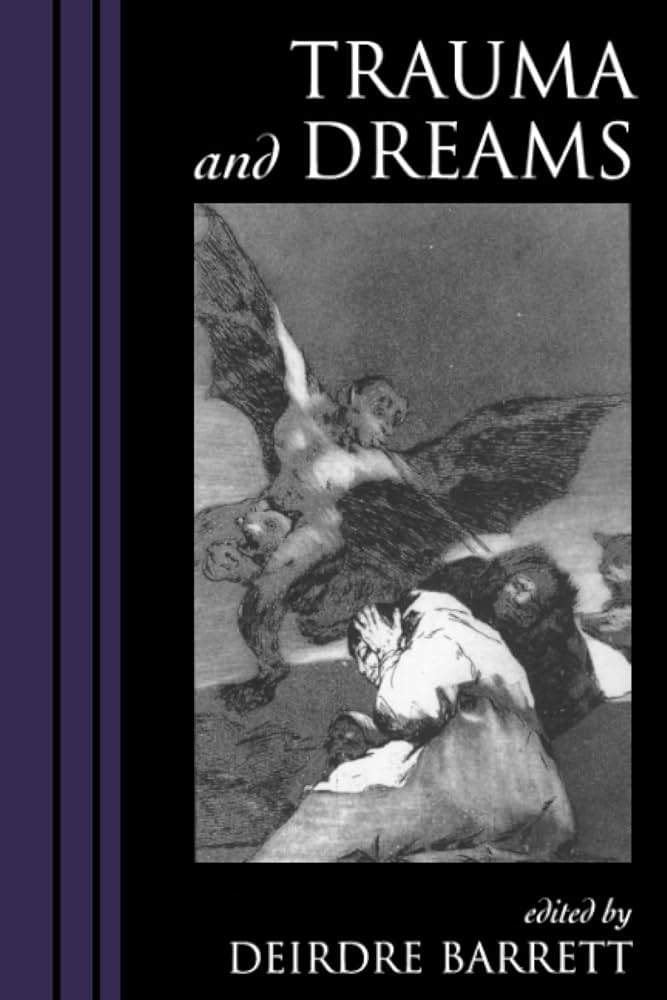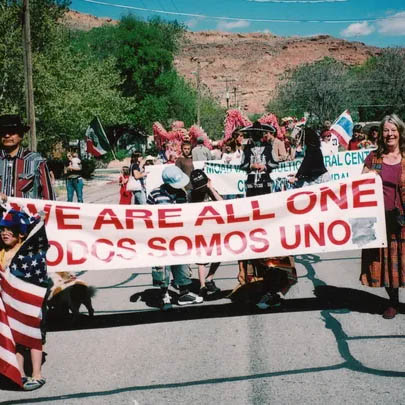
During most of the history of contemporary dream research, the psychoanalysts and dream researchers who presented theories about dreams have agreed on one basic fact: Dreams, if they are not just random sleep pattern, provide information specific to the dreamer. By defining dreams in this manner, not only has research dismissed dreams that fall outside this narrow definition as paranormal or anomalous, but it has also ignored the fact that much of our dream life seems to be shared with others-while we are dreaming.
Some thirty years ago, while directing a consciousness research organization in Virginia Beach, Virginia, Poseidia Institute, I began a series of research projects we called Dreams to the Tenth Power. They were named this because of the ten dreamers who made up each of several dream teams with which we worked. The question we asked was whether groups of people, if requested to do so, could dream together. In research that extended through several years and several different groups of ten, we proved to our own satisfaction, and the satisfaction of numerous others, that not only can people who know each other share dreams, but that complete strangers from any walk of life, from anywhere in the world, with no particular interest in dream research can do so as well. People can act toward specific goals in dream state, meet each other in dream state, and recall it in the morning. So why, we might ask ourselves, if these abilities exist, don't we hear more about them, or take them more seriously? Think about the answer for a moment. Are we ready to take seriously the possibility that we might meet in dreams, plan tomorrows, work through conflicts, and do that with our families, friends and neighbors? Or with our so-called enemies?
My own first experience of shared dreaming came in the early 1970s when I recalled the same dream of a fiery explosion that woke up one of the psychics who worked on the Poseidia Institute staff and then, later the same night, woke up her husband. "You wait," she told him. Jean Campbell will remember this dream." And I did.
When we began to invite people to participate in the Dreams to the Tenth Power experiments, we started with Institute staff and volunteers. All of us were curious to see what would happen if we set bi-monthly goals and recorded all of our dreams for six months. It was clear by the end of the first few sessions that, in this particular group of ten, anyway, there were a number of hits-and a whole lot more questions to be asked about group dreaming.
What did it mean, for example, that dream lucidity appeared to increase during the process, or that several people learned to go directly from waking to sleeping/dreaming without loss of conscious awareness?

According to groundbreaking researchers in the field of mutual dreaming, Linda Magallón and James Donahoe, there are basically two types of mutual dreams: meeting dreams, in which dreamers meet in the dream state and each recalls the meeting; and meshing dreams, in which dreamers recall essentially the same dream. Work with a series of Dreams to the Tenth Power dreamers between 1997 and 1986 provided numerous examples of each of these types of dreams.
For example, when dreamers were asked to meet at a particular location, such as the top of the Old Cavalier Hotel in Virginia Beach, one person dreamed of seeing the hotel as it might have been in its heyday in the 1920s; another dreamed of climbing the hill on which the hotel sits; and a third (myself) dreamed of signing the guest book on the cupola of the hotel, only to discover that everyone else had come and gone.
In the second set of Dreams to the Tenth Power experiments, we worked only with people who were strangers to one another. When we asked that team members meet other members of their dream teams in dream state, several people described a young man who closely resembled John, a math professor on Team One. However, sixteen year old Sharon dreamed about this man, while the two of them were "skipping class. John had the same dream. Later, when we sent photos of all team members to the dreamers, John and Sharon confirmed that they had indeed dreamed one another while having the same dream.
Beyond the appearance of both meeting and meshing dreams though, the group dreaming experiments provided about as many questions about the nature of dreaming consciousness as they did answers. What did it mean, for example, when early in the second set of experiments one woman, Jennifer, dreamed about being accosted on a dark city street by a gang of young men, and another member of her team, Barbara, had the same dream? And then a few weeks later, Jennifer experienced the same event in waking life-though in all cases, dreaming and waking, Jennifer was able to protect herself through her knowledge of self defense techniques. And what did it mean when, during the second run of group dreaming experiments, the dreamers on Team Two all went, as requested, to Carol's wedding in the dream state (or dreamed variations on the wedding theme) while Carol, the bride, met with a group of people at the beach, the same location we had requested that dream team members from Team One meet?
The thing about group dreaming, and probably a reason for its lack of popular acknowledgment, is that it challenges all of our ideas of time, space, and the nature of reality. Dreams are personal and private, are they not? Those strangers with whom I interact in my dreams are only figments of my imagination, useful as symbols but not real people pursuing their own lives, no?
And what about linear time? Is time really linear if I can perceive what will happen in the future? Does the distance of space exist if I can be present with others in the dream state in a "real" place? All of these questions and more are raised by group dreaming. Cynthia Pearson, another group dreaming researcher, has coined the term arabesque for those shared events which seem to bounce back and forth from dream reality to waking reality and back again. The Dreams to the Tenth Power experiments had their fair share of these types of events as well, such as when one of the participants in the first dream team, Steve, became engaged. First I got word of his engagement before he knew about it himself, and then he and other members of the Institute staff and his fellow dreamers shared wedding dreams as well as the physical wedding.
My interest in the subject of group dreaming resurfaced dramatically when I began in 1996 to moderate the online bulletin board for the International Association for the Study of Dreams, as the Internet provides access to a much larger pool of dreamers and dreams than anything even remotely available before the digital age. Since there were many people new to dreams and dream discussion who visited the online bulletin board, it was not at all uncommon to hear the question, "What does it mean if I have a dream and my mother/sister/husband/friend has the same dream?"
There were many discussions of group dreaming on the board. But my ears really perked up one day when a bulletin board visitor wrote:
I feel I have experienced a somewhat different situation from others discussed here. For many years I have had very vivid dreams, almost every night. The strange thing is the people and places in the dreams were completely strange to me, as in I would wake up and never have been to the place or seen those people before. But the dreams are very familiar to me, like I know the people and places.
Last year, two very close friends of mine and I finally discovered that all three of us were not only sharing the same dreams but dreaming about the SAME strangers and unfamiliar places. This young woman went on to describe how she and her friends had "accidentally" met the very strangers they'd been dreaming about, who had also been dreaming about them.
Is there such a thing as spontaneous group dreaming? I believe so. In fact, I believe that dreams may be very much a shared state of consciousness, despite the fact that all dreams contain valid information for the individual dreamer.
I also believe that we actually create or rehearse physical reality from the dream state-to the extent that, after 9/11, when all of the discussion died down about how many precognitive dreams there had been, and how those who mentioned their dreams to authorities had been rebuffed, I suggested to an international group of dreamers that we might try to "dream up" a peaceful future. This was the beginning of The World Dreams Peace Bridge, probably the longest-running group dreaming experiment on record, although it is also many other things: such as a collection of friends from around the world; an ongoing global conversation which often provides news on world events before it is seen in the media; and a soul-searching army of dreamers for peace.
Among the twenty countries represented on the Peace Bridge, one is Iraq. From our Iraqi members we receive regular updates on conditions in that country. Because many of the dreamers on the peace Bridge dreamed of the children of Iraq prior to the beginning of the war, we determined to honor the dreams with action. To date, the Peace Bridge has raised almost $30,000 for work with Seasons Art School in Baghdad. Recently, due to the war in Lebanon, we have been asked to extend our resources to develop Post Traumatic Stress Disorder (PTSD) work with Lebanese doctors for the children of Lebanon.
Monthly DaFuMu Dreaming for World Peace (DaFuMu means "big dream of good fortune" in a combination of Chinese and Japanese.) on the fifteenth of each month regularly allows the Peace Bridge dreamers to ask their group dreaming selves for advice on how we can achieve world peace, but no dream has ever been more poignant to me than one which occurred late in 2004.
Because events in Iraq had become increasingly dangerous for all who lived there, and because electric power was erratic at best, we sometimes went for days without hearing from our friends in Iraq. At that point though, I was very concerned. It had been more than two weeks since I heard from Emad Hadi, director of Seasons Art School, whose most recent report to us was that his closest friend had been killed. I asked for a special DaFuMu dreaming for Emad and the children.
The next day, I received a message from Emad asking me if everything was all right. He had dreamed about me the previous night, he said. I was crying. I was surrounded by a lot of people, but I looked so sad. He apologized for not writing earlier, but he had been away on school business. The implications of group dreaming are immense, as are the potentials for self discovery and community building. There are no rules for group dreaming, though the rules of common courtesy apply. But one thing is true if I can trust all that I have seen in years of group dreaming research and practice. If any group of people, whether it be friends, a family, a business or organization, or even an entire country begins to actively pursue group dreaming, and at the same time is willing to honor the information of the dreams by dream sharing and acting upon the dreams of the group, remarkable things will follow. Of all of the various approaches to dreams and dreamwork, group dreaming may well be the most transformative. Recently the term social dreaming has been introduced to the language of dreams. Group dreaming might be called the ultimate in social dreaming, the deepest of social interactions.
Jean Campbell is 2006-2007 President of the International Association for the Study of Dreams (www.asdreams.org) and moderator of The World Dreams Peace Bridge (www.worlddreamspeacebridge.org). Her book Group Dreaming was released by Wordminder Press in June.
